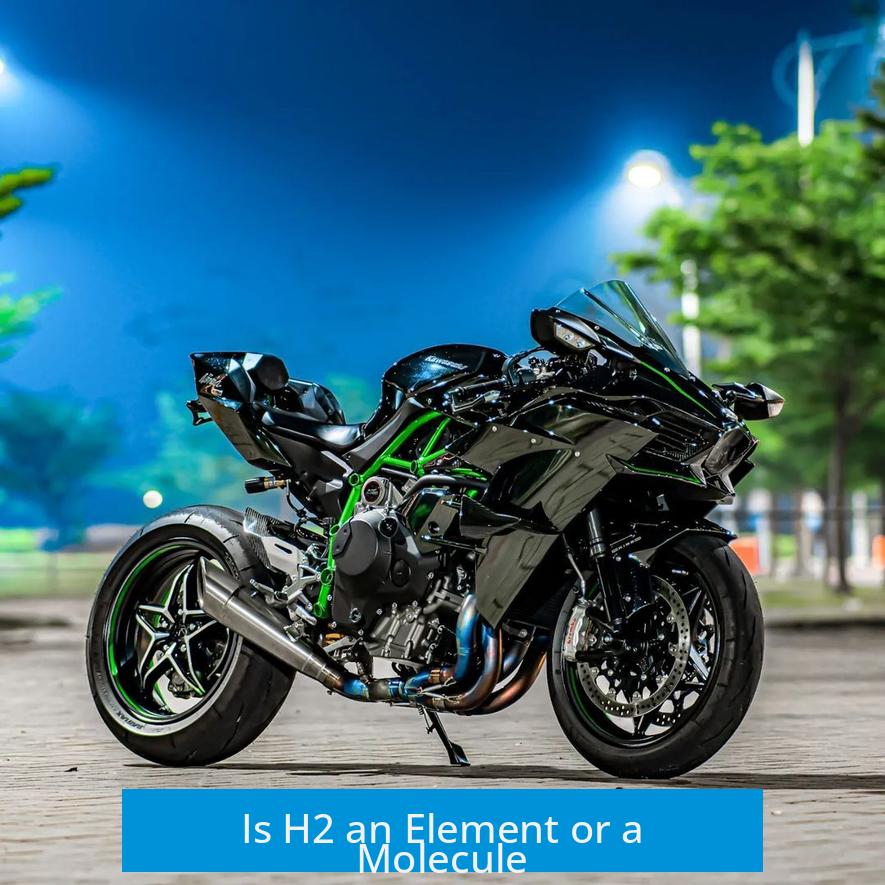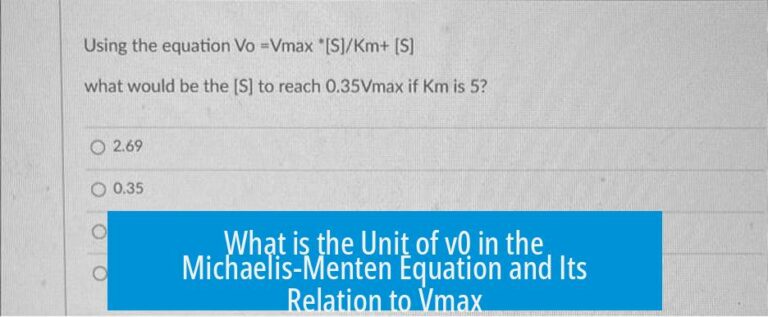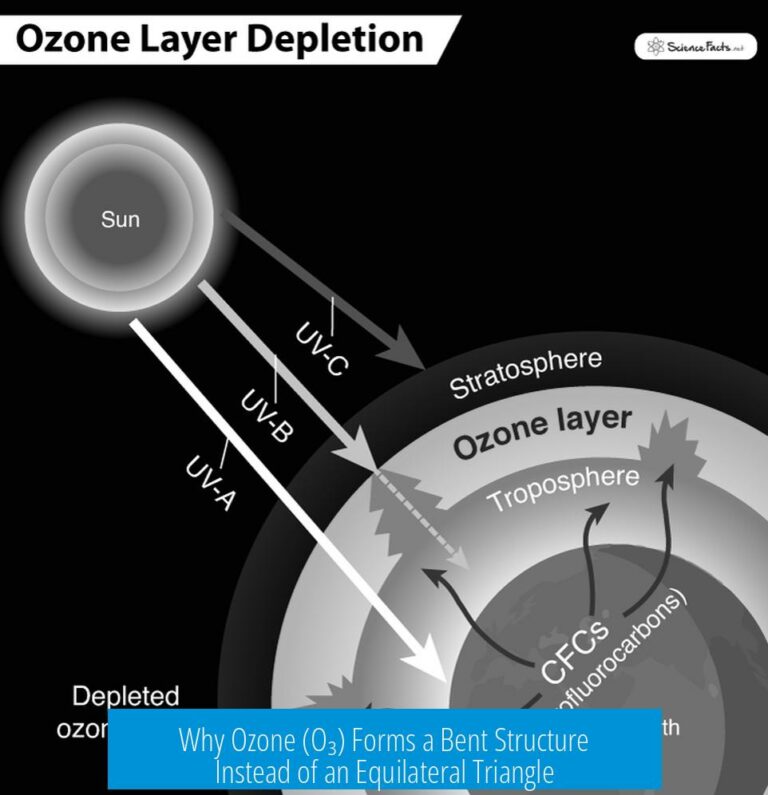Is H2 an Element or a Molecule?

H2 is both a molecule and the elemental form of hydrogen. It is a molecule because it consists of two hydrogen atoms bonded together, and it is elemental because it contains only hydrogen atoms. Thus, your teacher’s statement has merit but requires clarification.
Definitions: Element vs. Molecule

An element consists of only one kind of atom. Hydrogen is an element because it is composed of hydrogen atoms (H). This classification is based on the atomic structure, characterized by a specific number of protons in the nucleus.
A molecule is a group of two or more atoms chemically bonded. In the case of H2, two hydrogen atoms are joined, creating a stable diatomic molecule. Therefore, H2 qualifies as a molecule.

Because H2 is composed only of hydrogen atoms, it represents the elemental form of hydrogen. Hence, it is both an element (in elemental form) and a molecule (as two atoms bonded).
Diatomic Elements and Their Molecular Forms

Hydrogen belongs to a group of elements that naturally exist as diatomic molecules: H2, N2, O2, and the halogens like F2 and Cl2. These elements are more stable when two atoms bond to form molecules rather than existing as single atoms.
For example:

- Oxygen exists primarily as O2 (dioxygen) and also as O3 (ozone), both molecular forms but still elemental oxygen.
- Sulfur can be elemental in the form of S8, a molecule containing eight sulfur atoms.
- Phosphorus appears as P4 molecules (white phosphorus) or in polymeric forms (red phosphorus).
These molecular forms illustrate that an element can exist naturally in multiple molecular structures, sometimes called allotropes.
Elemental Form: Substance Made of a Single Element

The term “elemental form” refers to a pure substance containing only one type of atom. H2 gas is the elemental form of hydrogen because it consists exclusively of hydrogen atoms bonded together. This distinguishes it from compounds or mixtures that contain multiple elements.
In this context, H2 is often called elemental hydrogen. It is analogous to O2, which refers to elemental oxygen. This terminology is common in chemistry to indicate the pure elemental state, regardless of atomic or molecular form.

Clarifying the Teacher’s Statement
Your teacher’s claim that H2 is an element and not a molecule can be understood if “element” refers to the pure form of hydrogen in nature. H2 is elemental hydrogen, signifying it contains only hydrogen atoms. This is frequently emphasized in chemical education to distinguish elemental substances from compounds.
However, from a strict chemical perspective, H2 is a molecule made of two hydrogen atoms bonded together. The distinction lies in perspective:
- Atomic Definition: The element is a single hydrogen atom (H).
- Molecular Definition: The element in nature exists primarily as H2 molecules.
Both interpretations coexist. The molecular form (H2) is the stable, naturally occurring form of the element hydrogen.
When Does This Matter?
Understanding this dual nature is critical in chemistry. For example:
- In chemical reactions, hydrogen usually exists as H2, not isolated H atoms.
- In discussing elemental hydrogen in industrial contexts, H2 gas is referenced.
- In educational settings, clarity about molecules and elements helps avoid confusion on atomic structure.
Most elements in the periodic table do not exist as free atoms but as molecules or extended structures, highlighting the significance of the molecular form in representing the element in reality.
Related Examples to Illustrate the Concept
| Element | Common Molecular Elemental Form(s) | Comments |
|---|---|---|
| Hydrogen (H) | H2 | Diatomic molecule, stable form |
| Oxygen (O) | O2, O3 (ozone) | Diatomic and triatomic molecular forms |
| Sulfur (S) | S8 | Octatomic molecule, stable allotrope |
| Phosphorus (P) | P4 (white), polymeric (red phosphorus) | Molecular and polymeric allotropes |
Summary of Key Points
- H2 is a molecule because it contains two hydrogen atoms chemically bonded.
- H2 is also the elemental molecular form of hydrogen as it contains only hydrogen atoms.
- The term “element” can mean either a single atom or a pure substance made of one kind of atom.
- Many elements exist naturally as molecular forms (e.g., O2, N2), so molecules and elemental forms overlap.
- Your teacher’s statement reflects the definition of elemental form rather than strict molecular definition.
My Teacher Meant H2 Was an Element, Not a Molecule? Is He Right?
Picture this: you’re in chemistry class, and your teacher says, “H2 is an element,” leaving you wondering, “Wait, isn’t that a molecule?” That confusion is more common than you’d think. The quick answer? Yes, your teacher is right—but with a catch. Let’s unravel this tangled chemistry yarn.
What’s the Difference Between an Element and a Molecule, Anyway?
First, let’s clear the fog surrounding two core concepts — element and molecule. An element is a substance made up of only one type of atom. Hydrogen (H), carbon (C), oxygen (O), neon (Ne) — they all qualify as elements. So far, simple.
A molecule, on the other hand, is a group of two or more atoms bonded together. These atoms can be the same or different. Water (H2O) is a molecule made from two hydrogen atoms and one oxygen atom. Table salt (NaCl) isn’t a molecule but an ionic compound — but that’s a story for another day.
Here’s the kicker: H2 is a molecule made of two hydrogen atoms bonded together. So yes, it’s indeed a molecule.
How Can H2 Be Both an Element and a Molecule?
Sounds contradictory, but it’s more of a Venn diagram situation. Just like how a corgi can be both a dog and a pet, hydrogen can be both an element and a molecule.
H2 is the elemental molecular form of hydrogen. It contains only hydrogen atoms, so it’s elemental. But since it has two atoms bonded together, it’s also a molecule.
Think of it this way: an element can exist as single atoms or molecules. While noble gases like helium (He) prefer to fly solo, hydrogen loves pairing up in its natural state, forming a stable molecule of two atoms.
Diatomic Elements: Nature’s Favorite Tag Teams
Hydrogen doesn’t travel alone. It’s in good company with six other elements, which prefer to exist as molecules made up of two atoms. These are nitrogen (N2), oxygen (O2), fluorine (F2), chlorine (Cl2), bromine (Br2), and iodine (I2).
Why? Because these elements find two-atom molecules more stable than lone atoms. Hydrogen atoms actively seek a buddy to form H2, a diatomic molecule, in natural settings.
This means H2 is the most common and naturally stable form of elemental hydrogen.
What About Other Elemental Molecular Forms?
Hydrogen isn’t alone in wearing double hats. Oxygen roams freely as O2 but can also bond into a trio known as ozone (O3), a highly reactive molecule essential to life on Earth. Sulfur often hangs out as S8, an eight-atom ring molecule. Phosphorus can form P4 molecules or polymer chains at times.
All these examples highlight a bigger truth: an element’s “elemental form” can be atomic or molecular, depending on stability and conditions.
Understanding the Term “Elemental Form”
When chemists say “elemental hydrogen,” they don’t mean a single floating hydrogen atom. Instead, they refer to the pure form of hydrogen present in nature — which is mostly H2. The same goes for oxygen and chlorine. This usage recognizes the molecule made up entirely of one type of atom as “elemental.”
This is why textbooks and scientific contexts sometimes label H2 as “elemental hydrogen.” It’s pure hydrogen, just with two atoms bonded together.
So Is Your Teacher Right or Wrong?
Now comes the classroom debate.
Your teacher is right if they mean “elemental hydrogen” referring to the naturally occurring molecular form, i.e., H2. It’s common in scientific contexts to call H2 an element because it contains only hydrogen atoms without impurities or other elements added.
On the flip side, your teacher can seem “wrong” if the goal is to strictly define terms: H2 is a molecule because it is made of two hydrogen atoms chemically bonded together. Elements are usually thought of as individual atoms in the periodic table.
So, the confusion arises because “element” and “molecule” describe different categories. H2 fits both categories perfectly well.
Why Does This Matter? Understanding Definitions and Context
The word “element” can mean different things depending on context. Historically, elements are the pure substances that can’t be broken down into simpler substances by ordinary chemical means. Hydrogen fits this definition whether it’s alone or bonded together in H2.
More recently, some writers note that the definition of element includes substances consisting entirely of one kind of atom, whether atomic or molecular.
In short, H2 is an elemental molecule—it is a molecule composed of two atoms of the same element, hydrogen.
Practical Takeaway: What Should Students Remember?
- H2 is a molecule. It consists of two hydrogen atoms bonded together.
- H2 is also the elemental form of hydrogen. It represents pure hydrogen in nature.
- In exams and assignments, knowing whether your teacher wants the “atomic” or “molecular” definition is critical. Ask for clarification if unsure!
- Understanding the dual nature of H2 enriches your grasp of chemistry.
Pro tip: Don’t get hung up on a single word your teacher says. Sometimes, educators simplify to get ideas across faster. If puzzled, ask! Science is about asking questions, after all.
Comparisons Help Cement the Concept
Looking at other elements helps. Take carbon, for example. It has lots of elemental forms: diamonds, graphite, carbon nanotubes, and buckyballs (C60). Each is molecular or extended structures but still elemental carbon.
Gold chunks? Elemental gold even though made of many gold atoms stuck together. Similarly, sulfur favors S8 molecules in its elemental form.
Hydrogen’s elemental form just happens to be its diatomic molecule, H2.
Addressing Common Confusion in Chemistry Learning
Students often confuse “element” with “atom” and “molecule.” Remember: an element is pure and defined by its atomic number. An atom is the basic unit of an element. A molecule is two or more atoms bonded together.
For hydrogen, the atom is H. The molecule is H2. The element is represented on the periodic table by H. The naturally occurring form is H2, not single H atoms.
The Chemical Reality Behind the Scenes
In a test tube, hydrogen rarely exists as single atoms. Two atoms soon join, making a stable H2 molecule. This stability is why, outside rare labs and high-temperature environments like stars, hydrogen exists as H2.
This practical fact encourages chemists to call H2 the elemental form of hydrogen—not just a molecule made of hydrogen atoms.
Wrapping it up: Where Does that Leave Us?
In the end, your teacher’s statement that H2 is an element isn’t wrong—it’s a perspective. H2 is the elemental, diatomic molecule representing hydrogen in nature. However, it’s also a molecule because two atoms are bonded.
So whenever the question pops up again, here’s a two-part answer to keep in your back pocket:
- H2 is a molecule composed of two bonded hydrogen atoms.
- H2 is the elemental molecular form of hydrogen—pure and natural.
Understanding this dual nature eliminates confusion and enriches your chemistry knowledge. Plus, you’ll impress teachers with your clear grasp — and maybe sneak a little smile the next time chemistry tests come around.
So, is your teacher right? Absolutely. Is H2 a molecule? Definitely. Chemistry loves complexity — and so should you.
Is H2 an element or a molecule?
H2 is a molecule made of two hydrogen atoms. It is also the elemental form of hydrogen because it contains only hydrogen atoms. So, it is both an element in its pure form and a molecule.
Why do teachers sometimes say H2 is an element?
Teachers may refer to H2 as elemental hydrogen, meaning pure hydrogen in molecular form. They use “element” to describe substances composed of only one type of atom, even if in molecules.
Can a substance be both an element and a molecule at the same time?
Yes. H2 is an example. It’s a molecule since it has two atoms bonded, but it’s also an element in its pure form. Many elements like oxygen (O2) exist naturally as diatomic molecules.
Is calling H2 just a molecule wrong?
H2 is definitely a molecule because it has two atoms linked together. However, saying it’s only a molecule ignores that it’s also the simplest pure form of hydrogen, which is an element.
What are diatomic elements, and how does H2 fit in?
Some elements, like hydrogen, oxygen, and nitrogen, naturally exist as molecules with two atoms (diatomic). H2 is the stable, natural form of hydrogen and is both a molecule and elemental hydrogen.





Leave a Comment